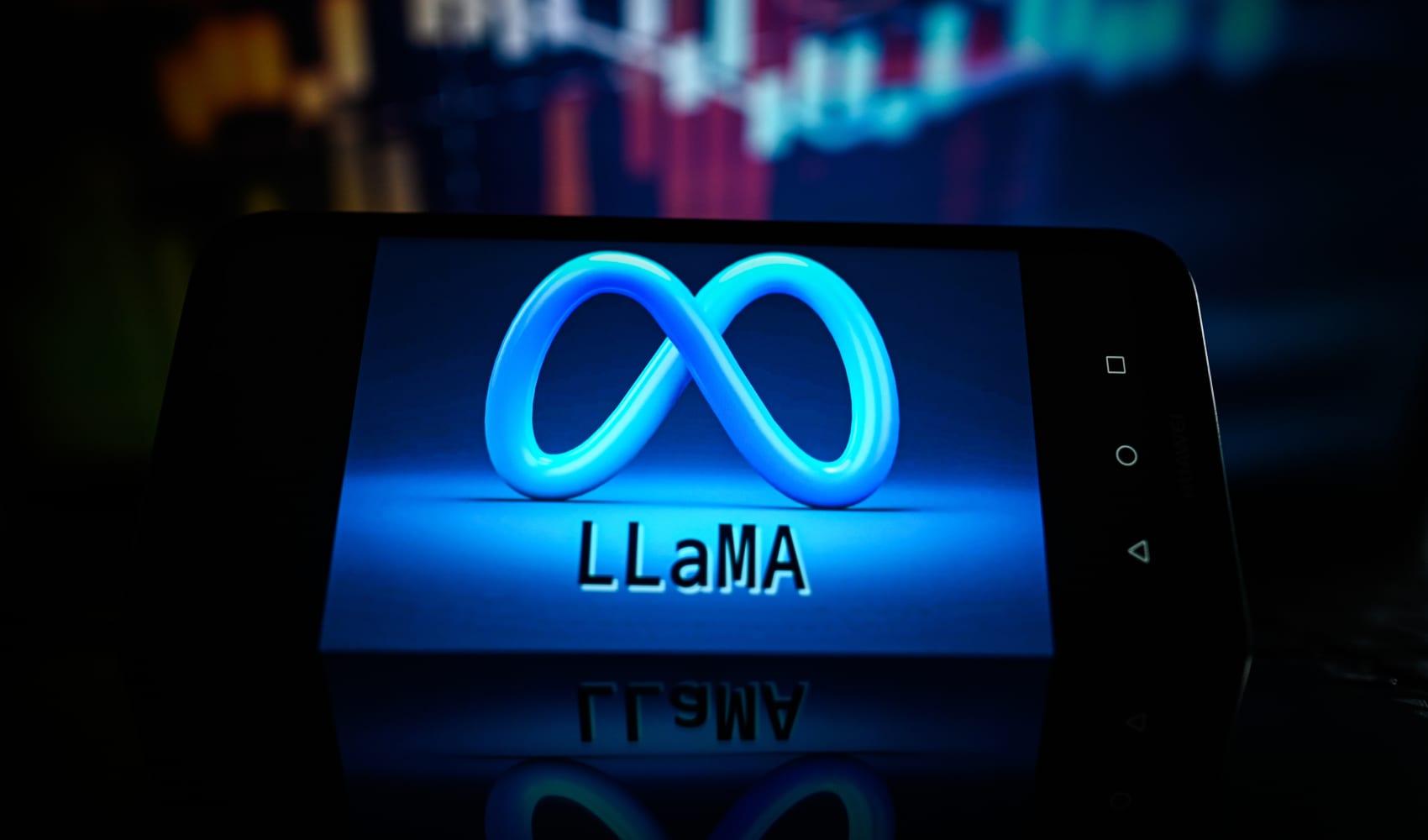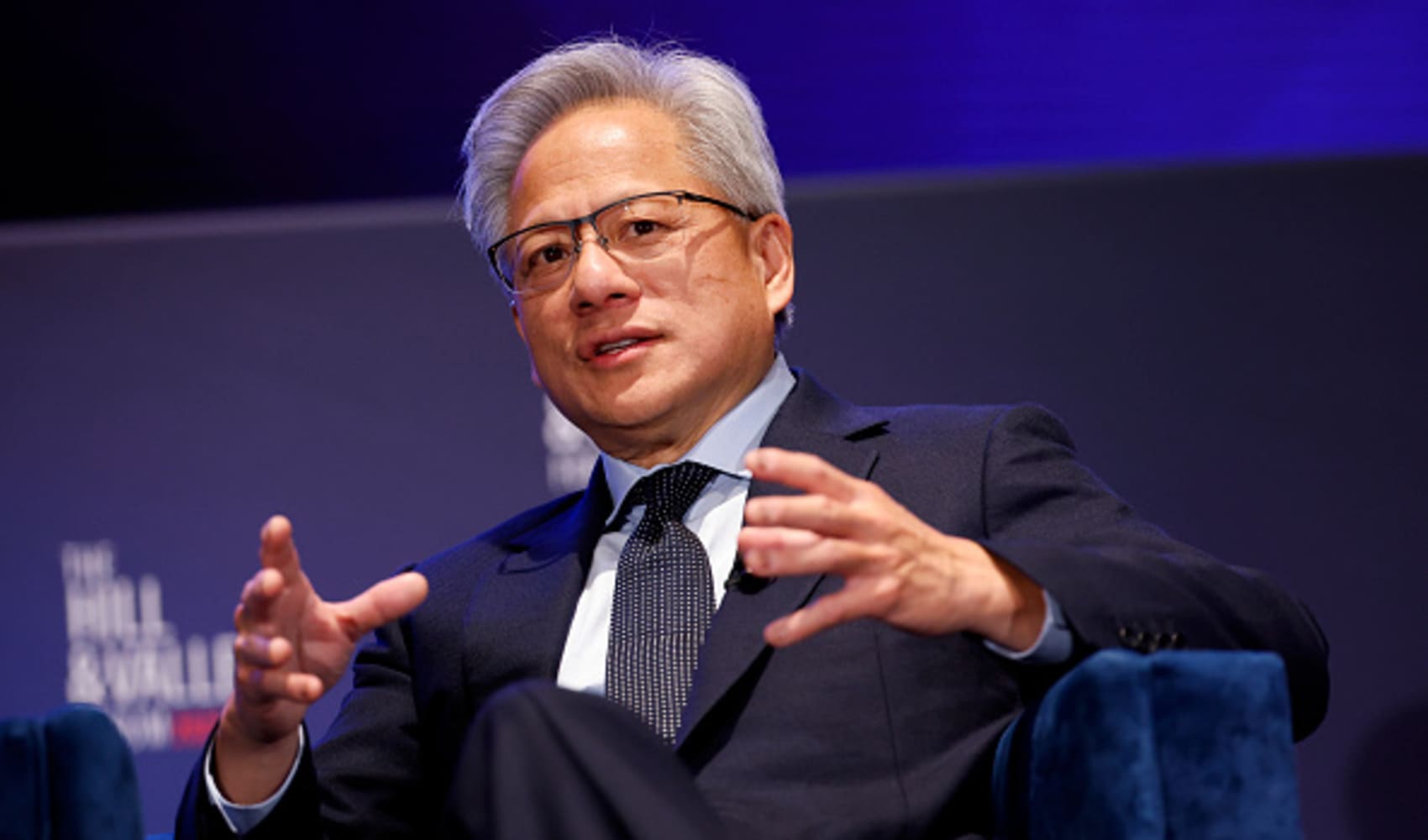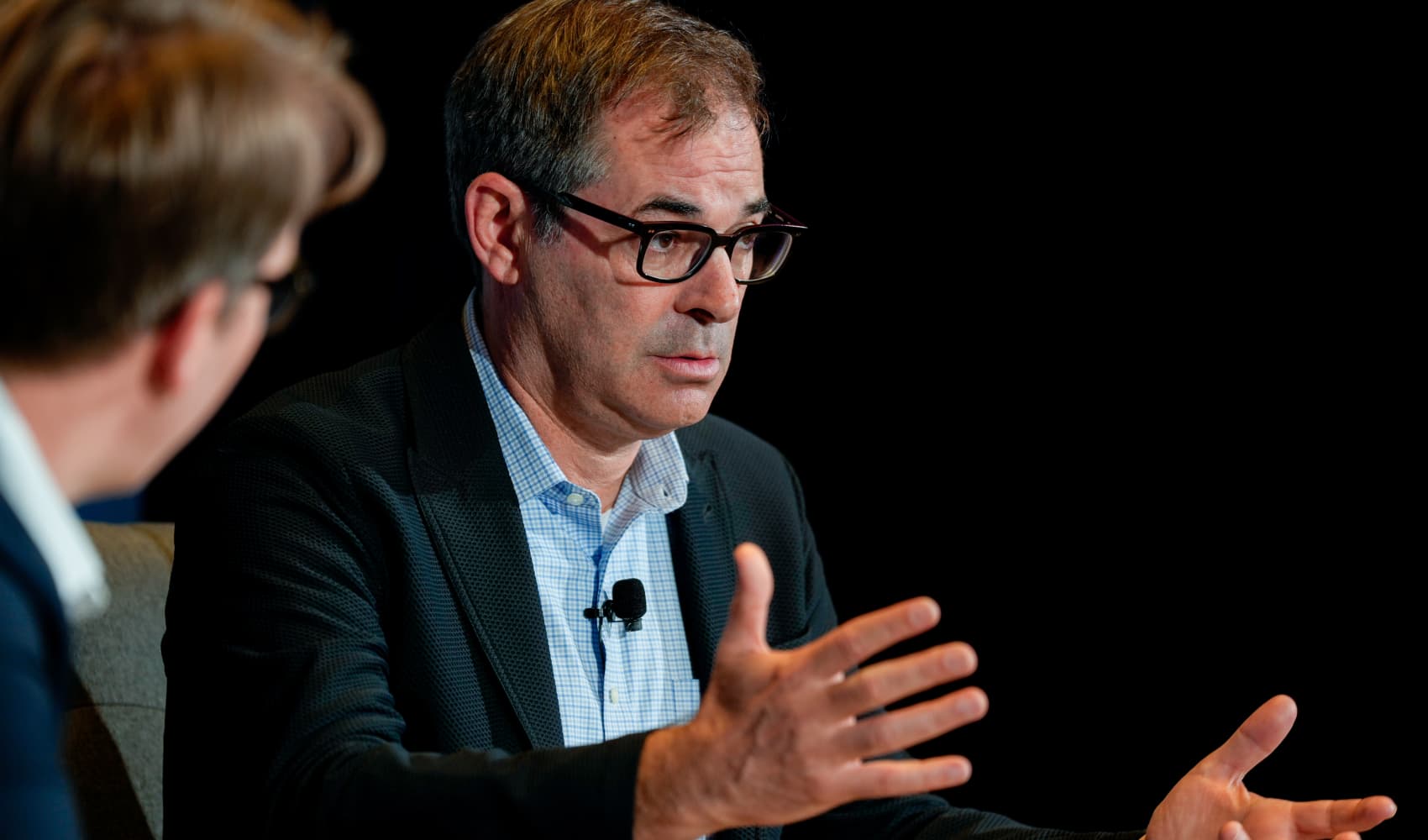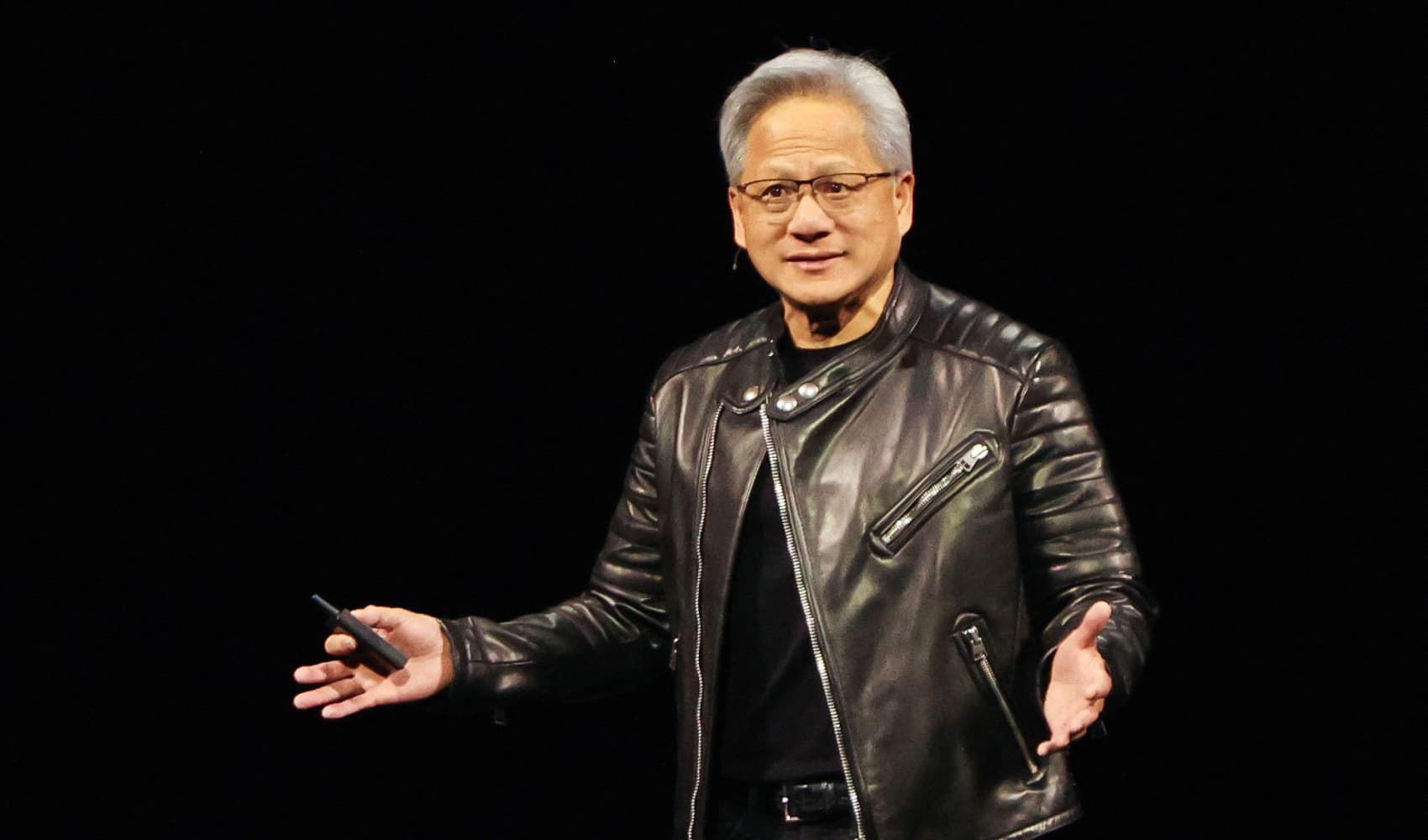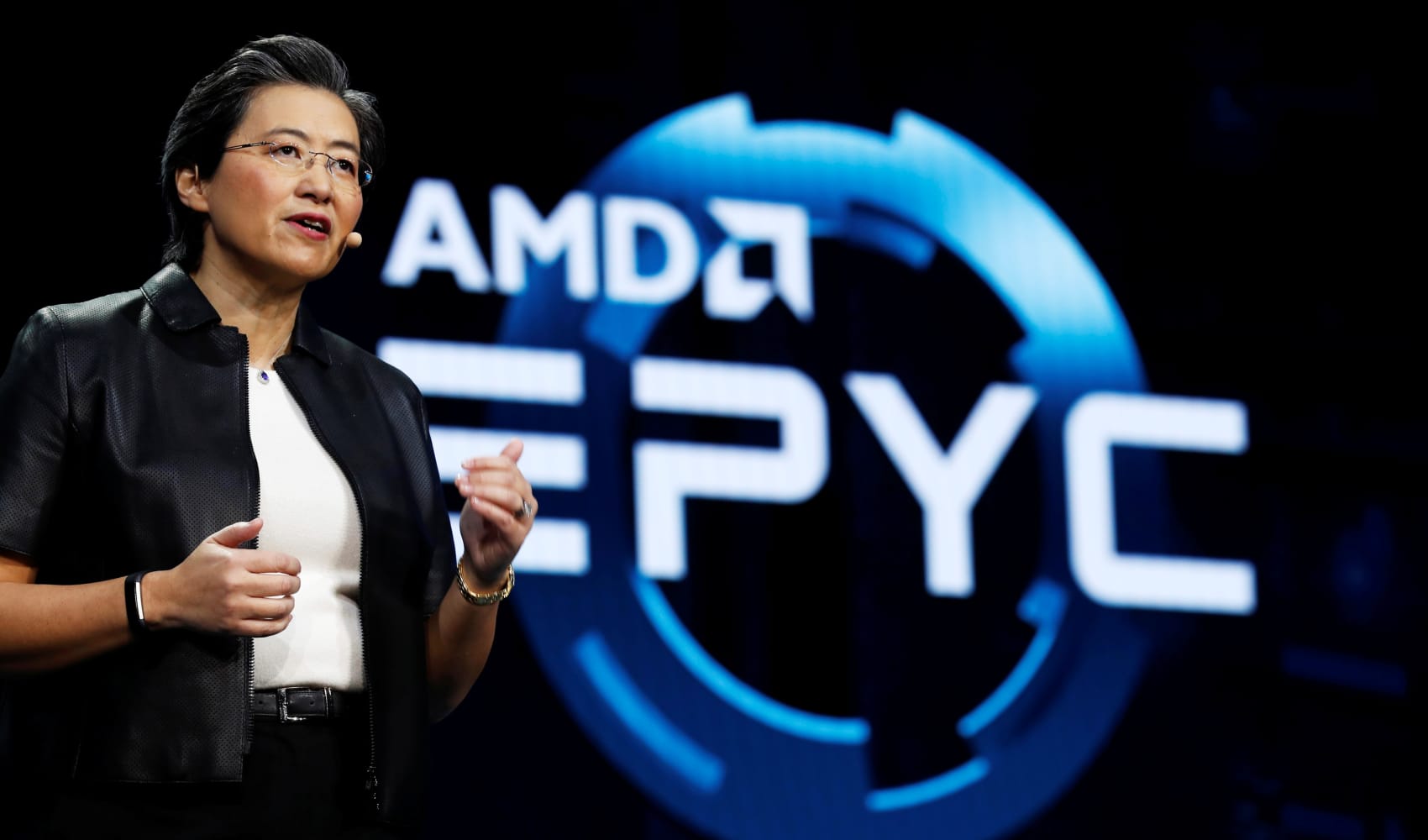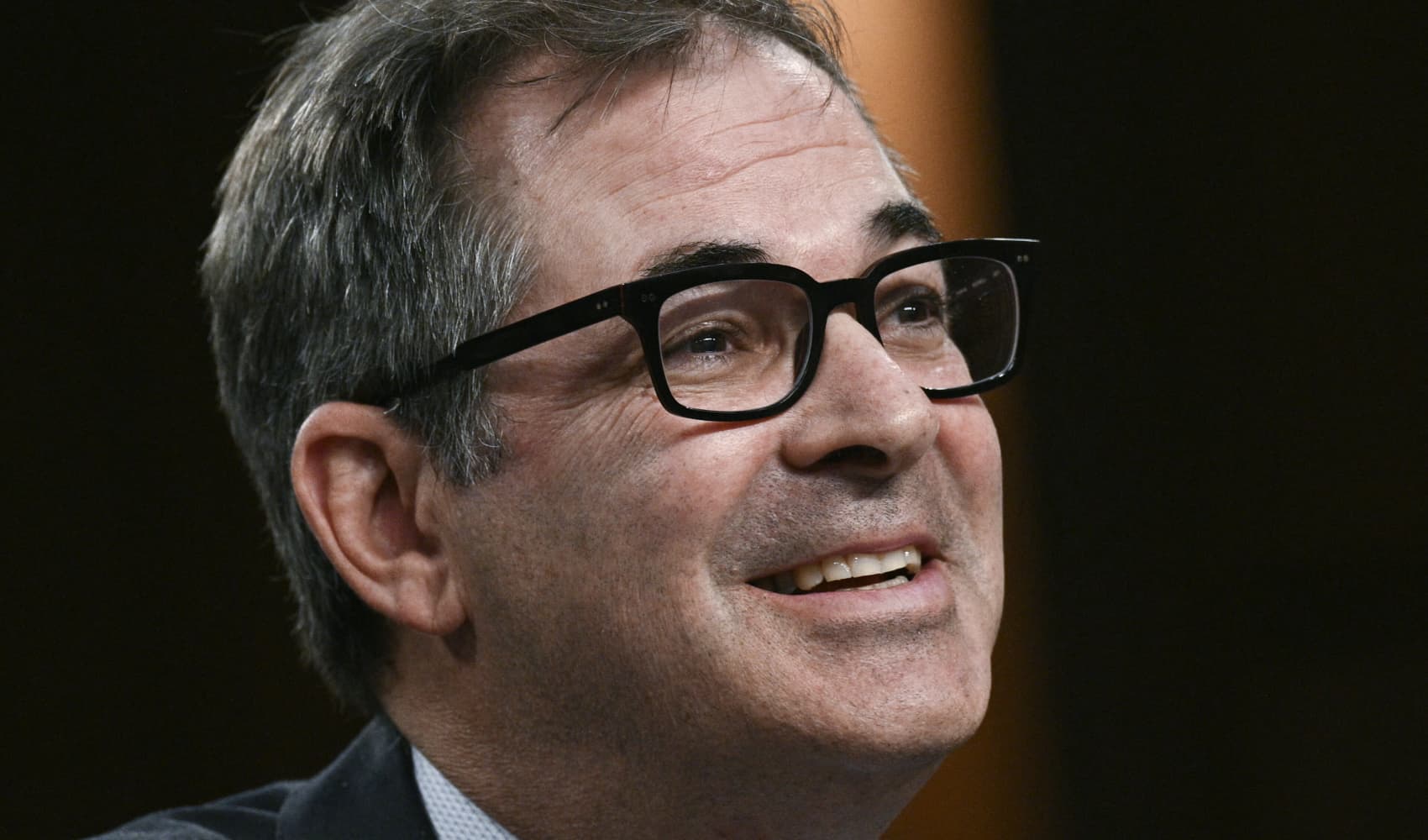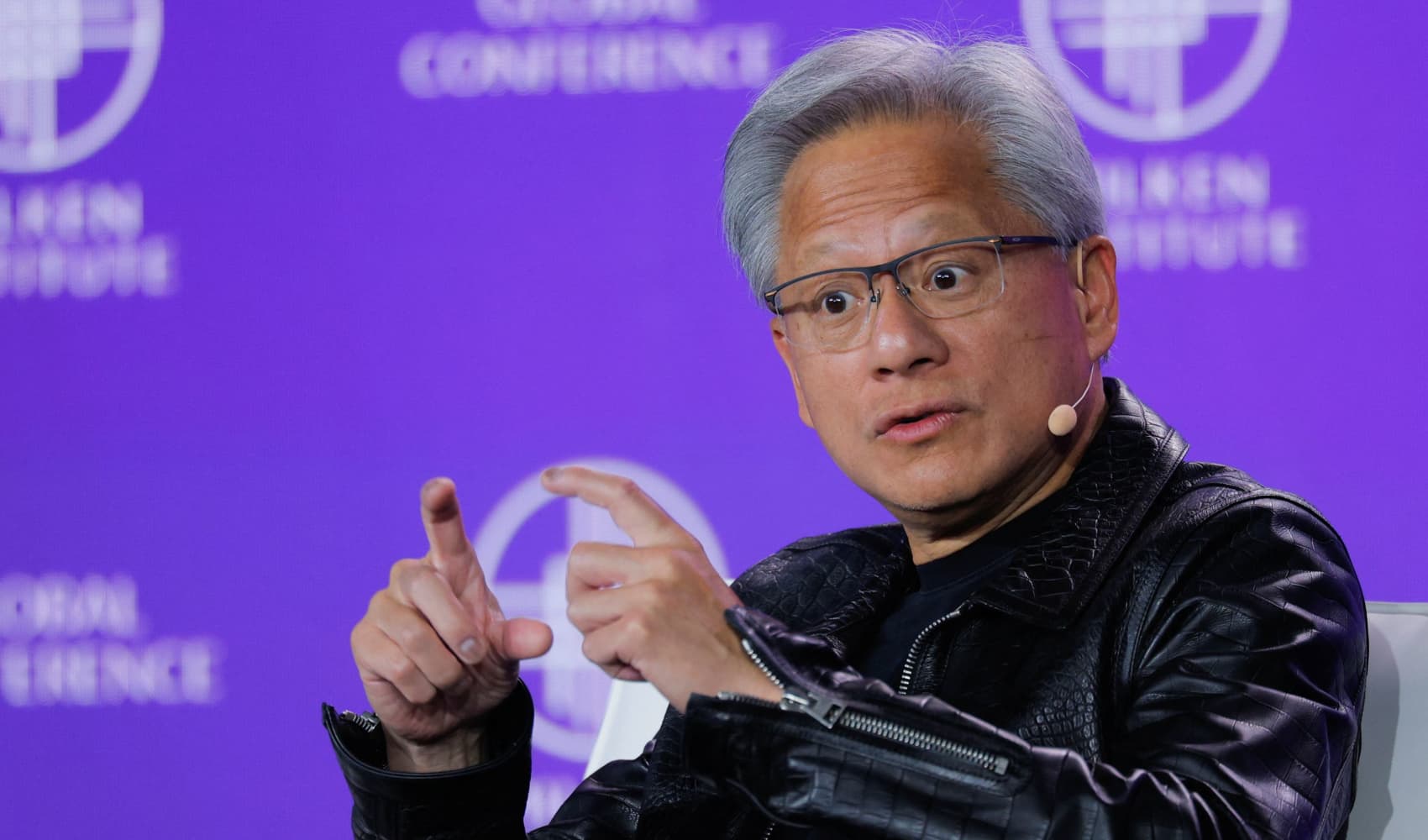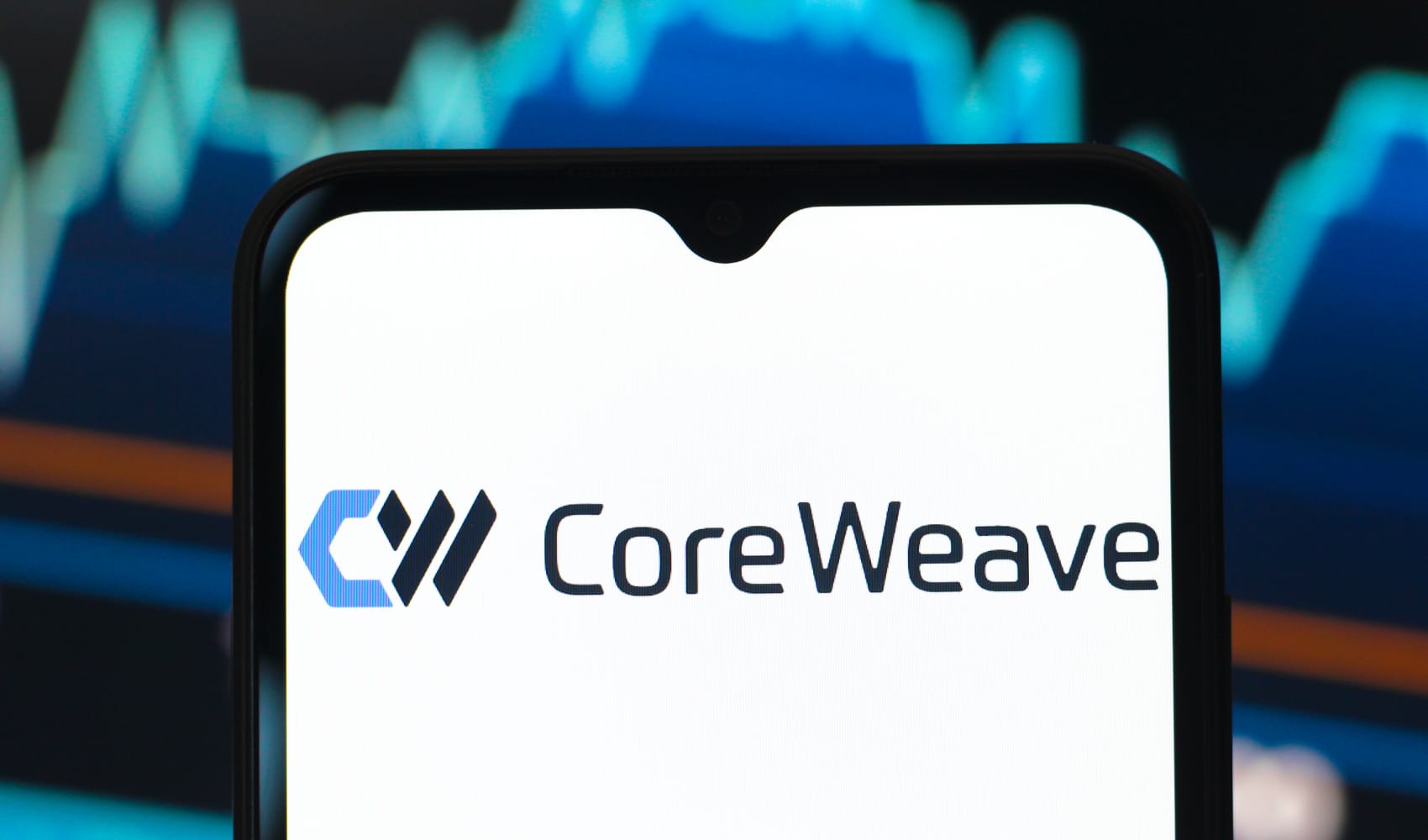Space Llama: Meta AI Powers Astronauts in Space!
Space Llama: Meta, Booz Allen, Nvidia, & HPE's AI Leap
Introduction: AI's Giant Leap for Astronaut-kind
Imagine a world where astronauts, hurtling through space on the International Space Station (ISS), have a powerful AI assistant at their fingertips. Well, stop imagining! That future is now, thanks to a groundbreaking collaboration between tech giants Meta and Booz Allen Hamilton, powered by Nvidia and Hewlett Packard Enterprise (HPE). This initiative, dubbed "Space Llama," is deploying Meta's open-source Llama AI model to assist astronauts with their critical research. It's not just a software update; it's a paradigm shift in how we explore the cosmos.
What is Space Llama? Unveiling the AI Astronaut's Assistant
Space Llama is more than just a catchy name. It's a meticulously fine-tuned version of Meta's Llama 3.2 AI model, specifically designed to operate within the unique constraints of space. Think of it as a super-smart assistant that can help astronauts analyze data, troubleshoot problems, and even brainstorm new research ideas, all without the need for constant communication with Earth. The implications are astronomical, literally!
The Dream Team: Meta, Booz Allen, Nvidia, and HPE Unite
This ambitious project is a testament to the power of collaboration. Here’s a breakdown of each player’s role:
Meta: The AI Brainpower
Meta brings its open-source Llama AI model to the table. This provides the core intelligence that drives Space Llama's capabilities. Open-source is key here, allowing for future development and customization by the broader scientific community.
Booz Allen Hamilton: The Integrator and Innovator
Booz Allen Hamilton, a global consulting firm, is responsible for deploying and integrating Llama into the space environment. They are the glue that holds the project together, ensuring everything runs smoothly. Their expertise in aerospace and AI makes them the perfect partner for this mission.
Nvidia: The GPU Muscle
Nvidia's graphics processing units (GPUs) provide the computational power needed to run Llama in real-time. Think of them as the engine that drives Space Llama's performance. Their high-performance computing capabilities are essential for handling the complex data analysis required in space.
Hewlett Packard Enterprise (HPE): The Space-Hardened Hardware
HPE's Spaceborne Computer-2 provides the ruggedized hardware platform that can withstand the harsh conditions of space. This isn't your everyday laptop! Spaceborne Computer-2 is specifically designed to operate reliably in zero gravity and with limited resources.
Llama 3.2: The AI Model at the Heart of Space Llama
Why Llama 3.2? This open-source model offers a balance of performance, accessibility, and customization options. Its adaptability makes it ideal for the evolving needs of space-based research. Plus, being open-source encourages contributions from scientists and developers around the globe.
The International Space Station (ISS): The AI Testing Ground
The ISS National Laboratory serves as the proving ground for Space Llama. Here, astronauts can directly interact with the AI model and assess its capabilities in real-world scenarios. This provides invaluable feedback for further development and refinement.
How Space Llama Will Assist Astronauts: Practical Applications
What will astronauts actually do with Space Llama? Here are a few potential use cases:
Real-Time Data Analysis
Astronauts can use Space Llama to analyze scientific data in real-time, speeding up the research process and potentially uncovering new insights. Imagine analyzing complex gene sequences or astronomical data without the lag of sending everything back to Earth.
Troubleshooting and Problem Solving
When things go wrong in space, quick solutions are crucial. Space Llama can help astronauts diagnose and troubleshoot equipment malfunctions, reducing downtime and improving mission safety. Think of it as a virtual engineer always on call.
Experiment Design and Optimization
Space Llama can assist with designing and optimizing scientific experiments, helping astronauts make the most of their limited time and resources. It can even suggest new avenues of research based on existing data.
Improved Communication
While not explicitly stated, advancements in AI could eventually lead to better real-time translation and communication support, potentially bridging language barriers during international missions. Imagine an AI interpreting complex scientific jargon from different languages instantly.
Overcoming the Challenges of AI in Space
Deploying AI in space is no walk in the park. Several challenges need to be addressed:
Limited Bandwidth
Communication with Earth is limited by bandwidth constraints. Space Llama needs to be able to operate effectively with minimal reliance on external data. That's why the "fine-tuned" aspect is so important – it needs to be self-sufficient.
Harsh Environment
The space environment is harsh, with extreme temperatures and radiation. The hardware and software need to be robust enough to withstand these conditions. HPE's Spaceborne Computer-2 is built for this very purpose.
Power Constraints
Power is a precious resource on the ISS. Space Llama needs to be energy-efficient to minimize its impact on the station's power budget. Every watt counts!
The Future of AI in Space Exploration
Space Llama is just the beginning. As AI technology continues to advance, we can expect to see even more sophisticated applications in space exploration. This could revolutionize everything from autonomous spacecraft navigation to planetary resource management.
Why Open-Source AI is Crucial for Space Exploration
The decision to use an open-source AI model like Llama is significant. It fosters collaboration, transparency, and innovation within the space research community. By making the technology accessible to everyone, we can accelerate the pace of discovery and unlock new possibilities.
Ethical Considerations: AI's Role in the Cosmos
As we deploy AI in space, it's essential to consider the ethical implications. Who is responsible when an AI makes a mistake? How do we ensure that AI is used responsibly and for the benefit of all humanity? These are questions we need to address proactively.
The Long-Term Vision: Colonizing Other Worlds with AI
Looking further ahead, AI could play a critical role in colonizing other planets. Imagine sending AI-powered robots to Mars to prepare the way for human settlers. They could build habitats, extract resources, and even conduct scientific research autonomously.
A New Era of Space Exploration Begins
The "Space Llama" initiative marks a significant milestone in the integration of AI into space exploration. It's a testament to the ingenuity and collaboration of Meta, Booz Allen Hamilton, Nvidia, and HPE. This partnership is paving the way for a future where AI plays an increasingly vital role in unlocking the mysteries of the universe.
Conclusion: A Leap Forward Powered by AI
Space Llama is more than just a project; it's a symbol of innovation and collaboration. By deploying Meta's Llama AI model in space, powered by Nvidia and HPE and expertly integrated by Booz Allen Hamilton, we're opening up exciting new possibilities for scientific research and exploration. This initiative proves that AI can be a powerful tool for humanity's quest to understand the cosmos. Get ready, because the future of space exploration just got a whole lot smarter.
Frequently Asked Questions (FAQs)
- What is Space Llama? Space Llama is a project deploying Meta's Llama 3.2 AI model to the International Space Station to assist astronauts with research and problem-solving.
- Who are the key partners involved in Space Llama? The key partners are Meta, Booz Allen Hamilton, Nvidia, and Hewlett Packard Enterprise (HPE).
- Why is open-source AI important for space exploration? Open-source AI fosters collaboration, transparency, and innovation within the space research community, accelerating the pace of discovery.
- What are some of the challenges of deploying AI in space? Challenges include limited bandwidth, the harsh space environment, and power constraints.
- What are some potential applications of Space Llama for astronauts? Applications include real-time data analysis, troubleshooting equipment malfunctions, experiment design and optimization, and improved communication support.
